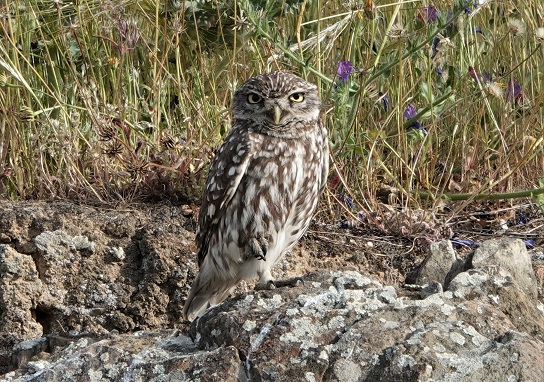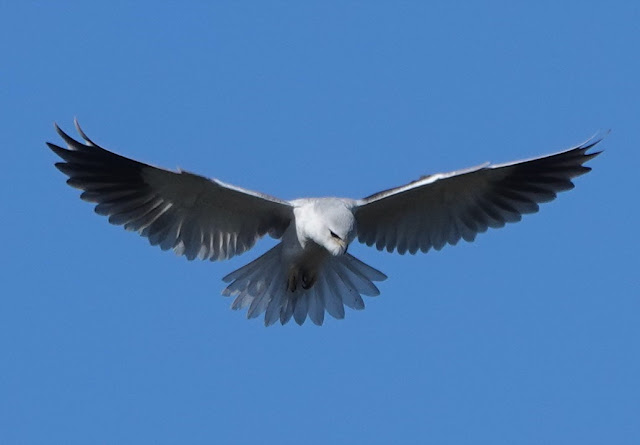Sounds of spring
 |
| Male Barn Swallow (Martin Kelsey) |
The invitation comes from just outside the bedroom window. It is joyful and instantly uplifting. Sliding and rising, rhythmic and textured like honey, the song of a Barn Swallow is like a conversation with a friendly neighbour, ending with a teasing mechanical twizzle. The sound opens a box of memories, of childhood holidays on farms, brought back to me this morning after more than half a century. One swallow does not make a summer, or so the saying goes, but for me there is no surer sign of spring.
The swallows have been around since late January, but a pair have been checking out my toolshed for a couple of days now and today sang for the first time from the old satellite dish just below the window. Their favourite perch. It marks the change, because spring reaches us in mid-February.
This has been a challenging transition for me. Still under a municipal lockdown thanks to persistence in COVID infection rates locally, I have been missing the cues I take elsewhere because so many of my late winter routine visits have been closed to me. I walk along the lanes from the village, passing neighbours whose eyes, appearing above face masks, give me the only clue of their hidden smiles of greeting. But sounds around the garden, rather than sights, tell me all I need to know.
 |
| Hawfinch in almond tree (Martin Kelsey) |
High in the blushing almond blossom is a hesitant and seemingly random series of clicks and tinks. It is quiet, reflective, like a solitary rehearsal of an actor mouthing a soliloquy before coming on stage. The bird itself is hard to see, perched motionless amongst the petals. That is the best that a Hawfinch song gets, but I know these birds well and as soon as I hear the sound, I know precisely where to look. Like the swallows, the Hawfinch has its favourite perch.
The Spotless Starling on the TV aerial, which kept me amused during the strict lockdown last year, is back there again with his whoops and chortles. A pair of Sardinian Warblers give rough little contact calls as they investigate a possible nest site. A Short-toed Treecreeper reveals itself thanks to a slow gentle crescendo of high-pitched notes.
The day progresses and a breeze has carried a confetti of almond blossom to the yard. The timber kitchen door has soaked-in the afternoon sun - it is warm to touch.
The sounds of spring continue after the sun has set and a crescent moon hangs over the Sierra de los Lagares to the west. First the long drawn-out croak from an Iberian Water Frog, then the clacking of White Storks as the pair settle down for the night on their nest. As the first stars appear, the churring of Natterjack Toads spreads like an enveloping mist. There is no silence, just the sounds of love. It is spring.



Comments
The first returning Black Stork appeared on Monday 15th - just in time for Spring.
White Storks busy building and repelling intruders.
Buzzards and Ravens displaying in the sunshine.
Municipality quarantine now lifted. Extremadura still out of bounds.
P.J.W.